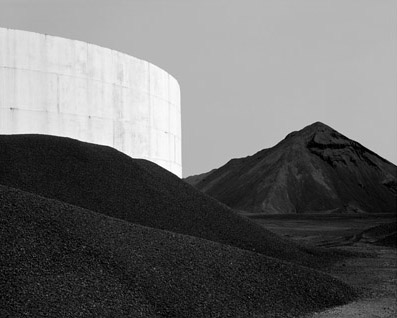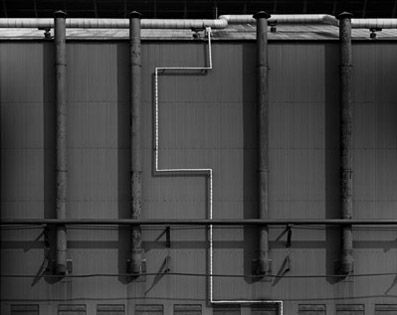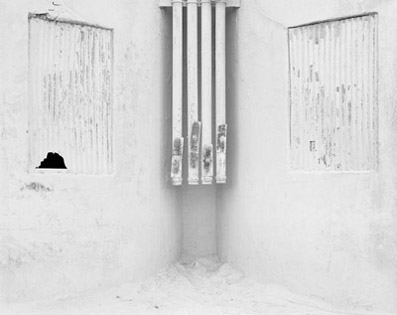Dave Jordano
(American, b. 1948; resides in Chicago, IL)
Dave Jordano approaches photographing his hometown of Detroit with the intention of not solely exploring its crumbling infrastructure and abandoned buildings, as many photographers have done, but of showing its inhabitants persevering and thriving in spite of the harsh economic realities of living in a postindustrial city. Detroit: Unbroken Down (2010) depicts the pride, ingenuity, sense of community, and initiative to improve their neighborhoods shared by many of the city’s residents. Jordano states, “My hope is that this work will convey in some small way that Detroit is a microcosm of several communities, built on perseverance, clinging to the vanished ideals of an urban oasis that once prided itself as one of the most beautiful and prosperous cities in America, at one time a model city for all others to follow.”
Dave Jordano completed a BFA in photography from the Center for Creative Studies in Detroit in 1974. In 1977 he established a photography studio in Chicago, shooting major print campaigns for national advertising agencies. Jordano’s work has been exhibited nationally and internationally in museums and galleries, including the Chicago Cultural Center; Michael Mazzeo Gallery, New York; the Milwaukee Institute of Art and Design; the Detroit Institute of Arts; and the Art Gallery of Ontario, Toronto Canada. In 2015 Jordano was awarded the Canadian AIMIA AGO prize for photography. Recent publications of Jordano’s work include Articles of Faith: African-American Community Churches of Chicago (2009), Detroit: Unbroken down (2015), and A Detroit Nocturne (2018). His work is held in several permanent collections, including the Museum of Fine Arts, Boston, the Museum of Fine Arts, Houston, the Detroit Institute of Arts, the Cleveland Museum of Art, the Library of Congress, Washington D.C., and the Mary and Leigh Block Museum of Art at Northwestern University in Evanston, IL.


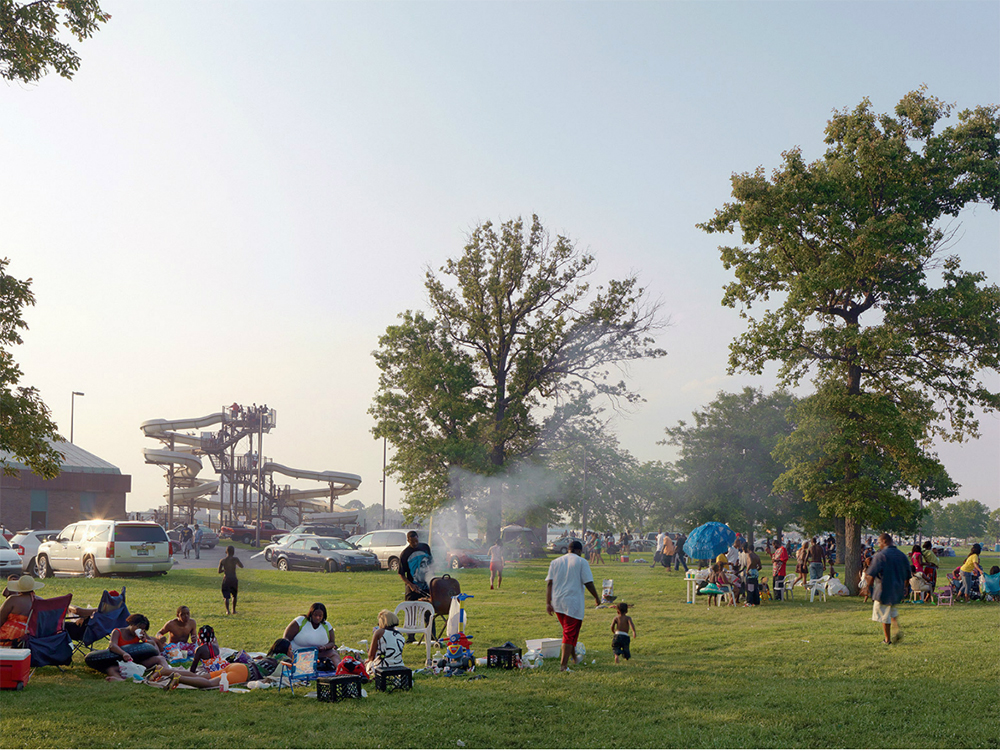
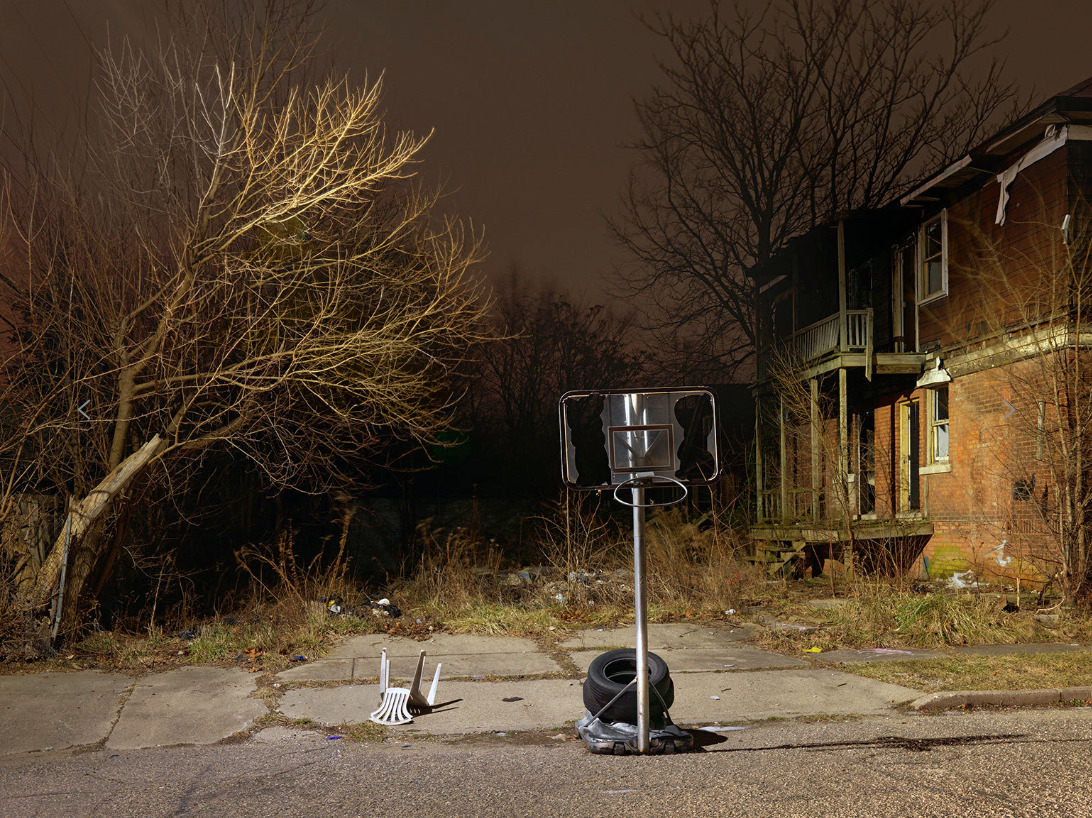
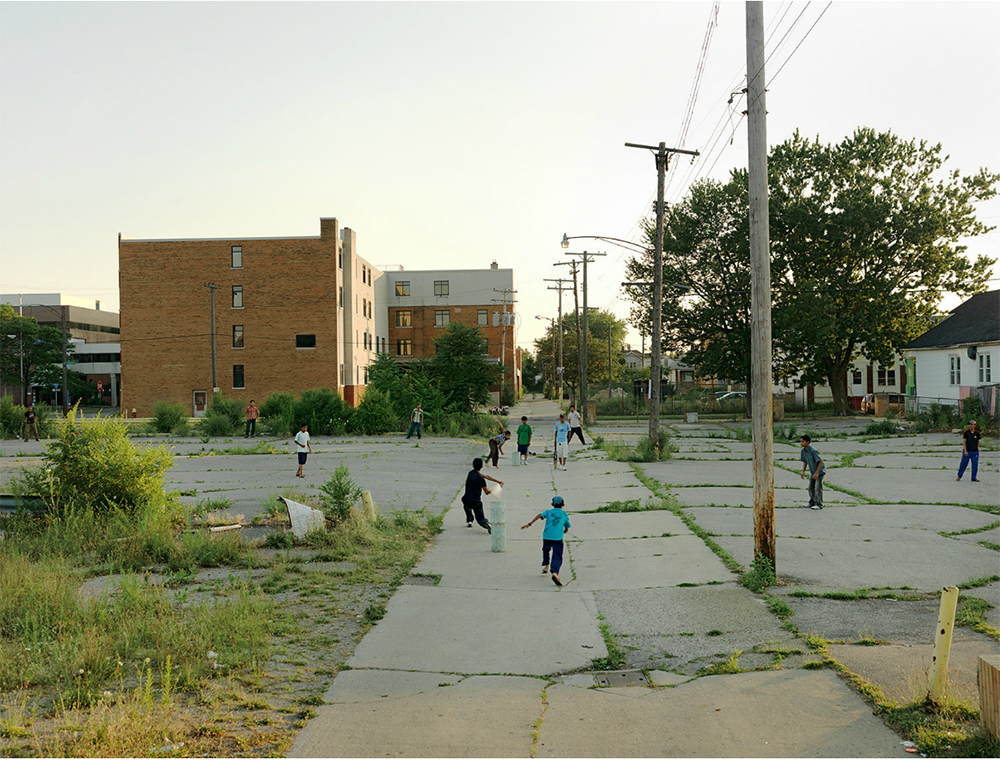

Past Portfolios
It is this idiosyncratic vernacular that each pastor creates for the churches that I am so drawn towards. - Dave Jordano, February 2005
Dave Jordano first began photographing Chicago’s African American storefront churches in 2003. He travels the city each weekend, getting to know parishioners and pastors, slowly building the kind of relationships that make the pictures in hisSimple Faith series nuanced and intimate. High-resolution digital capture renders in meticulous detail the hand-lettered signs, donated furniture, and religious icons that give each church its character. Though Jordano has a deep respect for the culture and people he photographs, and is mindful of the history and traditions of these churches and their special place in the African American experience, his pictures are meant as more than mere records. “Without political motivation or social commentary,” he says, “this is more a personal journey of self-examination, cross cultural discovery and maturity.”
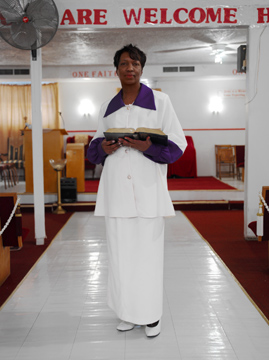


Dave Jordano’s pictures of limestone plants, blast furnaces, coal stockpiles, bridges, and other relics of industry inhabit simultaneously the territories of documentation and formal aesthetic study. The result of many private excursions throughout Chicago and along the industrial corridor that rims Lake Michigan in Illinois and Indiana, Jordano’s photographs illuminate the monumentality and omnipresence of manmade industries.
Jordano’s pictures continue a tradition of photographers such as Margaret Bourke-White, Albert Renger-Patzsch, and Charles Sheeler, who embraced the iconography of the machine in the 1920s and 30s. Like these photographers, Jordano’s images display a sensitivity to the potential of found industrial structures to be transformed into compositions of formal beauty and graphic excitement. In Jordano’s unpopulated photographs, massive and complex machine parts interlock and repeat; iron frameworks, corrugated panels, and other materials form syncopating rhythms. Dramatic contrasts in dark and light add a bold graphic quality to compositions that sometimes approach-but never yield to-abstraction.
Though he works in a well-established tradition, Jordano’s images are only partly the result of traditional photographic practices. He exposes film with a 4-by-5-inch view camera and is always faithful to the frame (he composes with the viewfinder and does not crop his negatives), however, his output depends upon the latest advances in digital technology. Jordano scans his negatives into digital data that can be manipulated and enhanced for optimal printing. His six-tone archival ink Piezographic prints render a range of blacks that is surprisingly refined and elegantly subtle. The details of the image become so distinct that it almost seems that we can touch them; the limestone powder that covers chutes and pipes can be brushed away by our fingers; the peeling paint on the factory walls flakes right off the photographic print
